A Positive Outlook on Living With Bipolar Disorder
People rarely view psychiatric conditions in a positive light. In the U.S. and other countries worldwide, mental illness carries a stigma.
Social and perceived stigmas impact people diagnosed with a psychiatric condition in significant ways. In the U.S., fewer than half of adults with a psychiatric disorder sought out health services in the past year, which help people not only treat their symptoms but also prevent the long-term outcomes of untreated mental illness and learn to leverage their strengths to stay healthy — as in the case of bipolar disorder.
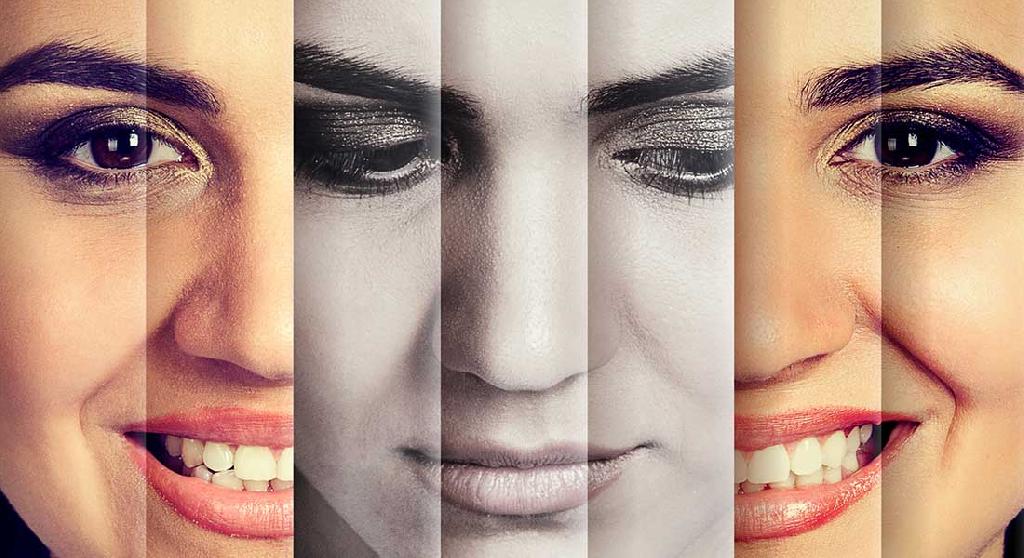
People with bipolar disorder experience shifts in mood. They have depressive episodes with low mood and low energy and manic or hypomanic episodes with elevated mood and high energy.
What Is Bipolar Disorder?
People with bipolar disorder experience shifts in mood. They have depressive episodes with low mood and low energy and manic or hypomanic episodes with elevated mood and high energy. A mood episode can last for hours, days, or even months.
Most people with bipolar have mostly depressive episodes, although some have mostly manic or hypomanic episodes. It’s not always up or down; most people with bipolar have significant periods in between mood episodes where they experience euthymia, meaning they are neither depressed nor manic.
There are five different types of bipolar illness: bipolar I, bipolar II, cyclothymic disorder, bipolar disorder not otherwise specified (NOS) and bipolar disorder with rapid cycling. Bipolar I and bipolar II are the most common diagnoses.
Types of Bipolar Disorder
Bipolar I is considered more severe than bipolar II because people with bipolar I experience at least one episode of mania, while individuals with bipolar II experience hypomania, a milder episode of elevated mood and energy. Though considered less severe, untreated, bipolar II may still interfere with a person’s ability to work, go to school, or participate fully in the community. People with bipolar I are more likely to experience symptoms of psychosis than people with bipolar II, and psychosis is more likely to occur with mania than with depression.
In rapid cycling bipolar, individuals experience four or more episodes of mania, hypomania, or depression in a year and may or may not return to a euthymic mood in between. With cyclothymic disorder, individuals experience mild symptoms of depression and/or hypomania mood episodes but do not ever quite meet the diagnostic criteria for a depressive or hypomanic mood episode. While symptoms may be classified as mild, the highs and lows of cyclothymia can still interfere with relationships, school or work responsibilities, and day-to-day living, so it’s still important to seek effective treatment.
Bipolar Mood States
Several symptoms characterize the mood states of bipolar disorder:
Mania. The appearance of these episodes is used to help make a bipolar I diagnosis. Manic episodes last at least one week and are typified by a mood shift that’s elevated, expansive or irritable and not the result of a medication or other substance. The mood change also is characterized by three or more of the following symptoms:
- Difficulty in social or work settings
- Ability to feel rested after short periods of sleep, such as three hours
- Rapid speech or thoughts
- Inflated self-esteem or feelings of grandiosity
- Distraction by external stimuli
- Participation in high-risk activities, such as impulsive travel, spending, or sexual activity
Hypomania. Hypomanic episodes aren’t as severe as manic episodes and may not have the same level of impulsive behavior or disruption in daily activities. Hypomanic episodes can follow a manic episode for people with bipolar I or characterize a bipolar II, cyclothymic, NOS or bipolar disorder with rapid cycling diagnosis. Hypomanic episodes may be shorter than manic episodes, lasting at least four consecutive days.
Depression. Depressive episodes are characterized by low mood or anhedonia – a lack of pleasure in all things. Five or more of the following symptoms can indicate a major depressive episode:
- Depressed mood
- Decreased interest in or joy from activities
- Increased weight loss or decreased appetite
- Insomnia or sleeping too much
- Lack of energy
- Feelings of guilt or worthlessness
- Inability to think or focus on tasks
- Suicidal thoughts and behaviors
These symptoms last at least two weeks and make social, work or other situations challenging.
Appearance of Symptoms and Diagnosis
Symptoms of bipolar disorder often appear during a person’s early 20s, though children and teens can also show signs of bipolar symptoms.

Missed diagnoses of bipolar disorder are not uncommon. Seven out of 10 patients are misdiagnosed at least once. When they’re correctly diagnosed, though, treatments for managing bipolar disorder are often successful. The persistent myth that people with bipolar disorder are inherently less capable of managing careers or family responsibilities is simply not true. With effective treatment, people with bipolar illness can be productive, happy people. In some cases, people with bipolar disorder may be uniquely qualified for certain situations because of their lived experience and perspective.
What Treatments Are Available for Bipolar Disorder?
Treatments for bipolar disorder focus on therapy and medication. For most people, the combination of the two approaches is more effective for achieving long-term positive outcomes.
Cognitive behavioral therapy, or CBT, is an evidence-based therapy proven to be effective in treating bipolar illness. CBT therapy focuses on understanding how your thoughts, behaviors, and mood are connected. Patients who engage in CBT learn strategies to improve their mood – how they feel – by changing their thought and behavior patterns.
CBT therapy can help people recognize thoughts and behaviors that may signal that an episode of depression or mania is developing. CBT empowers clients to use learned skills and strategies to prevent or mitigate the mood episode. Through CBT, people also often are able to identify strengths and personal assets they can use to navigate mood episodes and prevent relapse or hospitalizations.
Patient-to-patient peer support groups are also impactful as bipolar disorder treatments. Studies have shown that when individuals participate in these groups, they’re 86 percent more likely to continue treatment, which reduces their chance of a future hospitalization.
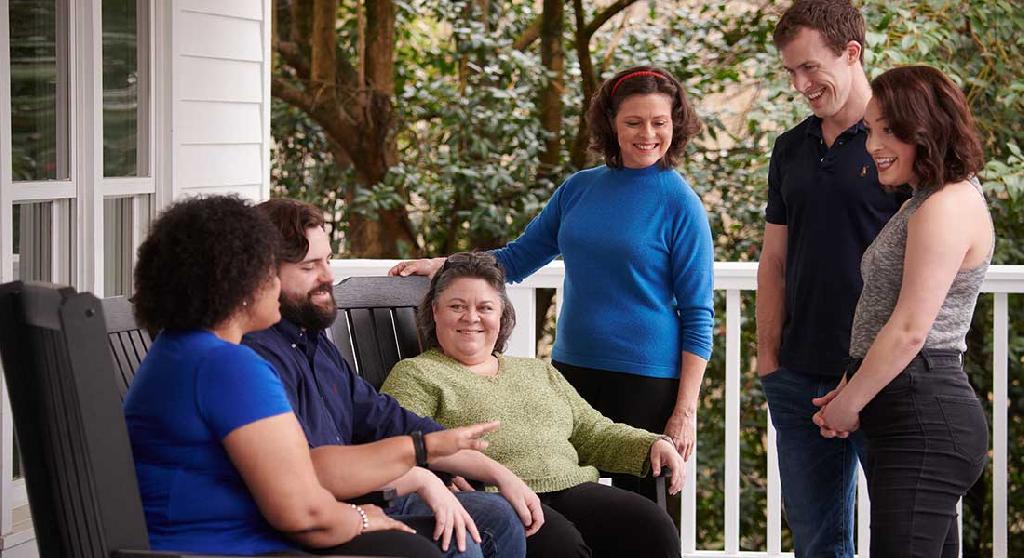
Individuals participating in patient-to-patient peer support groups are 86% more likely to continue treatment.
Support groups also teach you to recognize that your diagnosis does not have to limit your potential or require you to expect less out of life. Group discussions can help show you how to leverage your personal strengths and the unique way your mind works to achieve your goals.
There are several medications for bipolar disorder. Your psychiatrist will discuss the best medication strategy to address your symptoms. The process can be trial-and-error and take several weeks or months to identify what works best for you. Genetic testing may be a helpful tool for selecting initial medications and dosages.
Electroconvulsive therapy (ECT) and transcranial magnetic stimulation (TMS) are two non-pharmacological treatments that are very effective for people with treatment-resistant depression as part of their bipolar diagnosis.
Additional treatment plans for bipolar disorder also focus on lifestyle changes, such as avoiding drugs and alcohol, establishing a healthy and consistent sleep schedule, exercising regularly, and maintaining healthy supportive relationships.
With treatment, the prognosis of bipolar disorder is positive. Dedication to your treatment plan, as well as working with compassionate and educated health professionals, can improve your day-to-day life and empower you to feel in control of your diagnosis, your treatment, and your future.
Acclaimed author Melody Moezzi is an example of someone who exemplifies the positives of living with bipolar disorder. That’s why we sat down with her to discuss her experience of the diagnosis and treatment of her condition as well as embracing the benefits of having bipolar disorder.
Melody Moezzi on the Positives of Living With Bipolar Disorder
“Accomplished” is perhaps one of the first words you’d use to describe Melody Moezzi. She’s a writer, attorney, activist, speaker and professor, as well as an award-winning author and United Nations Global Expert.
When she was diagnosed with bipolar I, the most severe form of the condition, she was already an author and a licensed attorney — two achievements she believes she was able to accomplish, in part, by leveraging the unique way her mind works.
One of the reasons Moezzi pursued a career in writing and advocacy was because of the stigma surrounding psychiatric conditions, which she first noticed at the age of 25 — four years before her diagnosis. She had attempted suicide, and while her family supported her during her hospitalization, her condition remained a secret to her larger community, so they weren’t there to support her because they didn’t know about it.
This response was in stark contrast to seven years earlier, when she was hospitalized for a severe physical illness. Her hospital room was filled with roses, lilies and hyacinths from friends in her loving, largely Iranian-American, community. As Moezzi explains, “cancer, you get flowers, visitors and compassion. If you have a mental illness, you get plastic utensils, isolation and fear.”
And so, Moezzi dedicated herself to advocacy. Now, almost 10 years after her diagnosis, she’s written for numerous publications including the TheNew York Times, The Yale Journal of Humanities in Medicine and The Huffington Post, and has appeared on news outlets like NPR and the BBC to help reduce the stigma surrounding mental illness.
She’s also shared her experiences through her acclaimed memoir, “Haldol and Hyacinths: A Bipolar Life,” as well as with us through a personal and insightful interview into the positives of living with bipolar disorder:
1. In what ways have you seen bipolar disorder positively impact your life?
After I graduated from law school, earned a Master’s in Public Health and passed the Bar, the obvious path would have been to become a public health lawyer, but I know how slowly the law moves, and I knew that I am impatient, so I decided to pursue writing instead. I felt I could make a bigger difference in the world as a writer than as a lawyer—and that I would still be able to use my legal and public health education to inform my writing. In any case, I don’t think I would have taken a risk like that if it weren’t for having bipolar disorder, nor do I think I’d have the same creative or spiritual gifts. I was able to finish writing my first book, graduate from law school, and earn my MPH all in a period of less than four years—being that highly productive was one of the benefits of having a mind that works differently. Of course, I crashed soon after, and today, I thank God for medication! Still, I see my condition as both a blessing and a curse—and thanks to medication and treatment, I’ve been able to better harness the blessings and minimize the curses. My time in the Skyland Trail day treatment program helped me a lot with that actually.
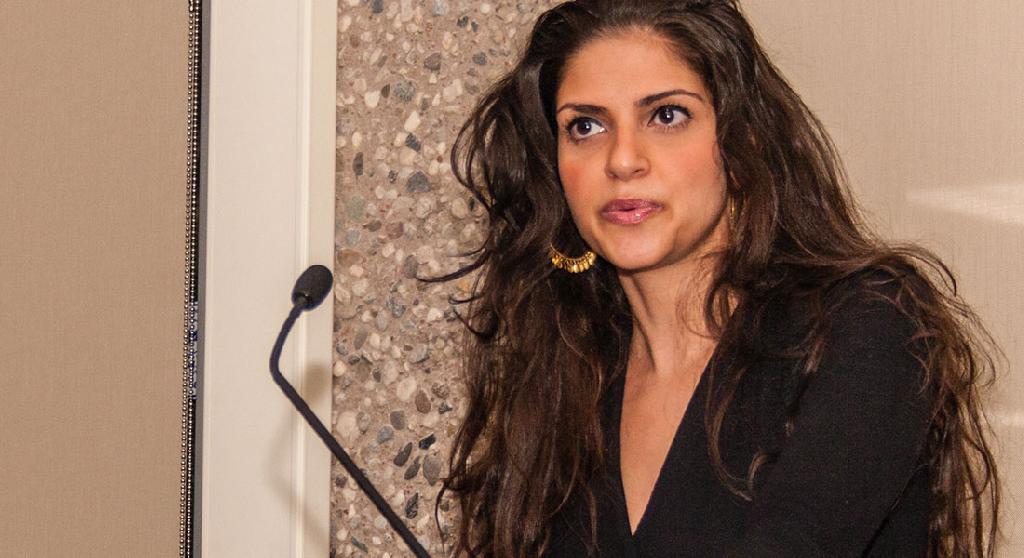
“I see my condition as both a blessing and a curse—and thanks to medication and treatment, I’ve been able to better harness the blessings and minimize the curses.”
2. How has your diagnosis affected your relationships?
Thankfully, I have been blessed to have a highly supportive and well-educated family. No one in my family ever told me that bipolar disorder wasn’t a real illness. Not everyone can say that. My parents are both physicians, my sister and brother-in-law are also both physicians, and my best friend from high school happens to be a psychiatrist. Then there’s the fact that my husband is the smartest person I’ve ever met. So basically, I had this amazing crew of people supporting me. Together, they all did their best to ensure I was on the best medication for me, and they encouraged me to advocate for myself in a clinical setting. As a result, this condition hasn’t destroyed any of my relationships the way it sometimes can for people who don’t have some of the same access, resources and privileges that I have had. I would say that my and my family’s response to my condition has ultimately strengthened my relationships. My husband, Matthew, and I will be celebrating our 15th wedding anniversary in August, and though we met nearly 20 years ago, we both remain each other’s biggest fans and favorite humans. So yeah, I repeat, I’ve been blessed.
3. When you were diagnosed, how did that affect you?
I had been misdiagnosed with unipolar depression for 10 years before that, so finally getting an accurate diagnosis was partly a relief. Not to say I was happy about it, because I wasn’t. But I had just experienced my first acute manic episode and psychotic break—my only such episode to date actually because now that I know what mania looks like, I can treat it before it becomes acute or reaches the point of psychosis. At any rate, I was 29 at the time, and once the Haldol [medication] kicked in and I was able to reflect on my hallucinations and delusions, then it was impossible for me not to accept that I indeed had bipolar. As a Muslim, I don’t even drink alcohol, so to be that out of control—having hallucinations and delusions—well, I just knew something clinically must be wrong.
4. What might you tell someone who views a mental health diagnosis as only negative?
I would tell them to wake up! Some of the greatest human accomplishments throughout history can be attributed to people with minds that work differently.
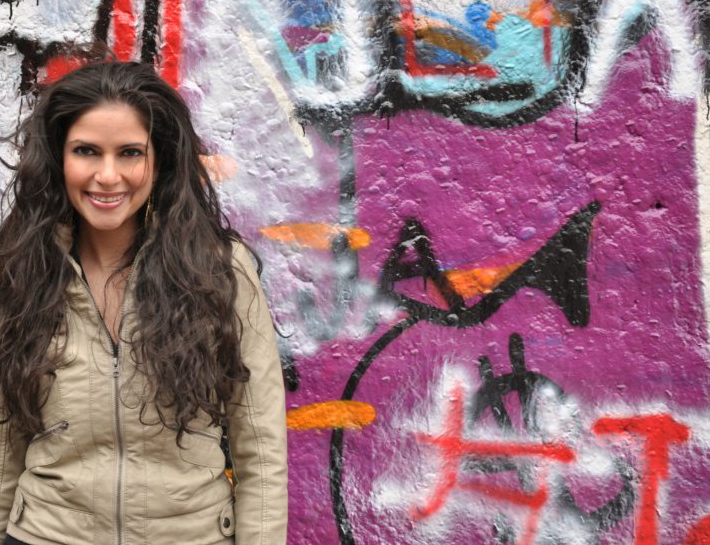
“Some of the greatest human accomplishments throughout history can be attributed to people with minds that work differently. “
Think Einstein, Plath, van Goh, Beethoven, Newton, Edison, Darwin, Tesla, Nina Simone, Robin Williams, Amy Winehouse and the list goes on! Granted many of their lives ended tragically, but that isn’t the result of mental illness as much as it’s the result of an inability to treat that illness.
Today, the biggest obstacle to treatment is far more societal than it is scientific. People don’t get treatment, not because it doesn’t exist, but because they can’t afford it and/or because they’re too afraid of the judgment that so often comes with accepting a mental health diagnosis and seeking treatment for it. Some call this stigma. I call it discrimination.
5. How can people begin conversations of confiding in their coworkers, loved ones, etc.?
Disclosure is a highly personal decision, and I won’t pretend that there’s one right way to do it. It depends on the individuals involved and the circumstances. That said, love is always a better place to start than fear. Also, it’s worth remembering that while disclosure is an intensely personal decision, it can have serious legal and professional ramifications. For example, if your employer doesn’t know that you have bipolar disorder or any other disability, then the employer has no obligations to provide you reasonable accommodations under the Americans with Disabilities Act (ADA). Then again, while it is technically illegal to terminate someone solely on account of a disability, it happens all the time, and employment discrimination lawsuits can be expensive and tough to win. In short, there’s no right answer here.
6. How did Skyland Trail make a difference for you?
Skyland Trail is basically a different planet compared to every other facility I have ever entered as a patient or a visitor—and while I’ve been a patient at only three other facilities, I have now visited dozens on account of my advocacy, and I say with no degree of exaggeration that Skyland Trail is on a level of its own. The entire treatment philosophy is unlike any clinical psychiatric setting I have ever witnessed or experienced. Skyland Trail uses evidence-based medicine and takes into account a patient’s entire being (body, mind and soul) and history (cultural, religious and otherwise). For me, that made all the difference. I hold Skyland Trail up as a model of what trauma-informed, culturally-competent psychiatric care should look like, andI pray for the day that all facilities adopt the same model. I completed the day program at Skyland Trail nearly a decade ago, and I have not once since required another psychiatric hospitalization. I attribute this to medication, faith, family, therapy, DBSA (Depression and Bipolar Support Alliance) support groups, and Skyland Trail.
I will be forever indebted to the people at Skyland because they treated me with dignity and respect when other healthcare providers treated me with disdain and when, as a result, I had little to no respect left for myself. The staff at Skyland helped me believe in myself again, and for that, I will never be able to fully repay them.
7. What resources can people struggling with mental health look up?
In addition to the DBSA website and support groups, which I just mentioned, I suggest consulting with the National Alliance on Mental Illness (NAMI). For those who have suffered ADA violations, I encourage them to report those violations to the Justice Department’s Office of Civil Rights and to look into the important work of The Bazelon Center for Mental Health Law. I also encourage students and employees (if they choose to disclose) to talk to their employer’s disability services office or department about receiving reasonable accommodations in order to be able to better fulfill the duties of their scholarship or employment.
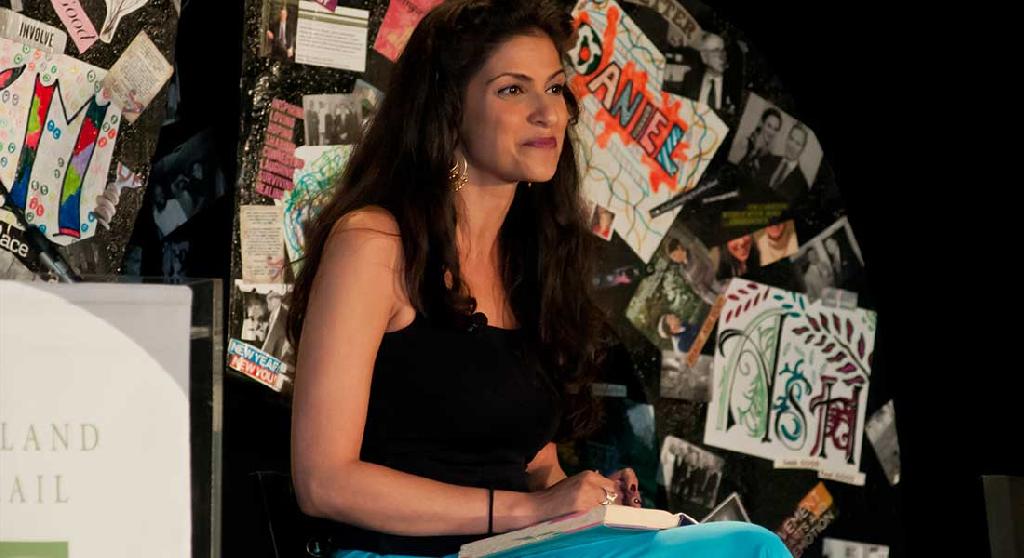
“Our stories have power. They change minds, hearts, lives and even policies, and they do so in ways that statistics alone never can.”
8. What are ways that you hope you’ve inspired others to take charge in their own lives?
I hope I’ve inspired others to advocate for themselves in all settings—clinical, legal, professional and personal. I hope I’ve inspired others to never expect less of themselves simply on account of having a psychiatric or any other type of disability. And ultimately, I hope I’ve inspired others to inspire others by sharing their own stories. Our stories have power. They change minds, hearts, lives and even policies, and they do so in ways that statistics alone never can.
It shouldn’t take courage to speak up about having a mental health condition, but sadly, because of the society we live in, it still does. The thing about courage though is that it’s contagious. I have only been able to be brave because of others who been brave before me. I stand firmly on their shoulders in the hopes that others can one day stand on mine.
Living and Thriving with a Bipolar Diagnosis
Accepting and embracing a bipolar diagnosis can be a struggle, in part because of the stigma surrounding psychiatric conditions. The advocacy work of individuals like Moezzi, for example, are helping to change people’s perspectives and showing them how to view bipolar disorder positively. Bipolar disorder doesn’t make them incapable or unqualified — it makes them uniquely capable.
At Skyland Trail, we’re one of the top mental health treatment centers in the U.S. because we’re passionate about showing our clients, like Melody, not only how to treat and manage their condition, but also how to do so while living a full life and achieving their goals.
Our integrated and holistic approach includes specialized programs for adults with bipolar disorder. A dual diagnosis program is offered for adults with bipolar disorder and a co-occurring alcohol or substance use disorder. You can find out more about our therapy programs and holistic approaches by contacting us today.
